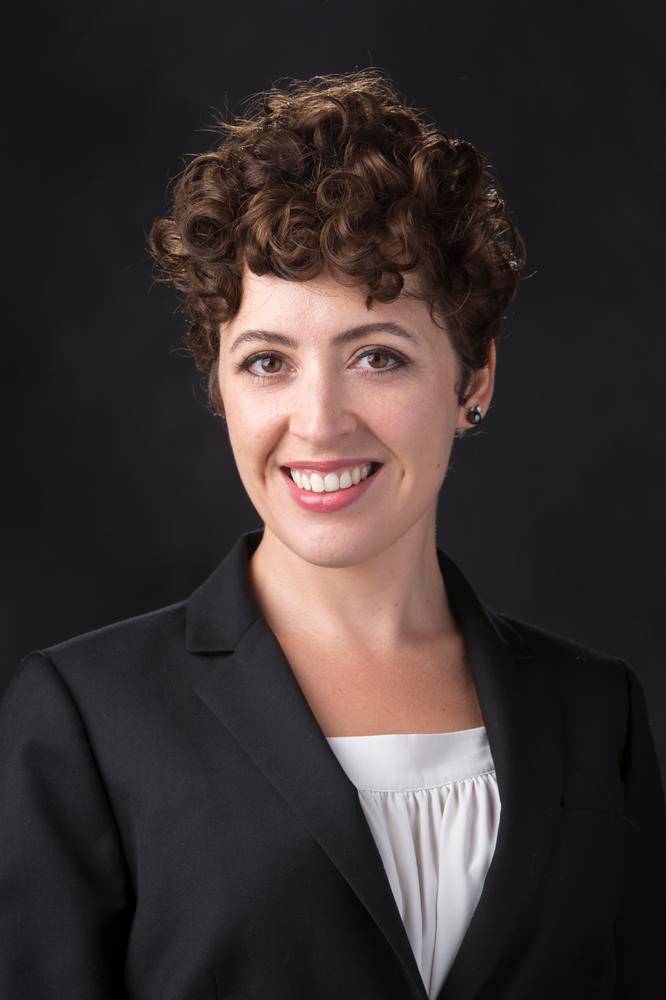Jayme Blaschke | May 3, 2021

Cassandra Johnson, an assistant professor in the Nutrition and Foods Program at Texas State University, has received a $100,000 grant from Tufts University and the U.S. Department of Agriculture's (USDA) Economic Research Service to improve the way food insecurity is measured in Latinx households.
The collaborative, multi-site project is funded through the USDA's Food Security 25 Program, which seeks to generate practical insights for how to improve and expand food security measurement with the USDA’s existing survey, which has mostly remained unchanged since 1995. Amanda McClain of San Diego State University and Kate Dickin of Cornell University are co-leaders in the project.
The issue, Johnson explained, is that the USDA survey questions are not culturally relevant to all groups. That, in turn, may result in misunderstandings of the survey questions and data that do not quantify the full extent of food insecurity. The Household Food Security Module survey was originally developed among mostly rural white women and despite being widely-used in English and Spanish, this measure may not fully capture the varied food insecurity experiences of Latinx caregivers.
"We know that the items—when we interview people one on one or even in group settings—that items don't connect with their experiences," Johnson said. "We'll ask someone one of these questions and they'll just look at you or say that never applies to them because they didn't understand the question. We miss an opportunity to collect the type of information we need to make changes."
For example, respondents from Latinx households report that "running out of food” is not an issue because there is “always something to make to eat.” This disconnect can lead to underestimating the extent of severity of food insecurity.
Currently, the USDA maintains the measurement survey in several languages, including Spanish, but translation is not the same a ensuring the survey is socially and culturally relevant.
"That's even true with English speakers. We're focusing on Latinos, but even thinking about English speakers, the way the items were developed, means that the experiences that are in the questions are going to connect with certain English-speaking respondents but not everybody," Johnson said. "The goal is that the USDA will think about how to adjust the items, either in English or Spanish.
"We're wondering if the USDA would think about developing a measure that was specific to Latino households, because they're such an important population in the U.S.," she said. "I'm hoping once we submit our conference paper, once we present at the national conference, that we'll have some sort of meeting with the USDA and be part of conversations about how they want to use what we learned in our project."
To ensure a broad and diverse study population, the project will conduct 90 in-depth interviews with rural, urban and suburban Latinx caregivers experiencing varying degrees of food insecurity in California, New York and Texas. Ultimately, the improved insights from the qualitative project can result in practical changes to the USDA survey. Long term, project like this could lead to better and more effective policy development and implementation.
Share this article
For more information, contact University Communications:Jayme Blaschke, 512-245-2555 Sandy Pantlik, 512-245-2922 |
